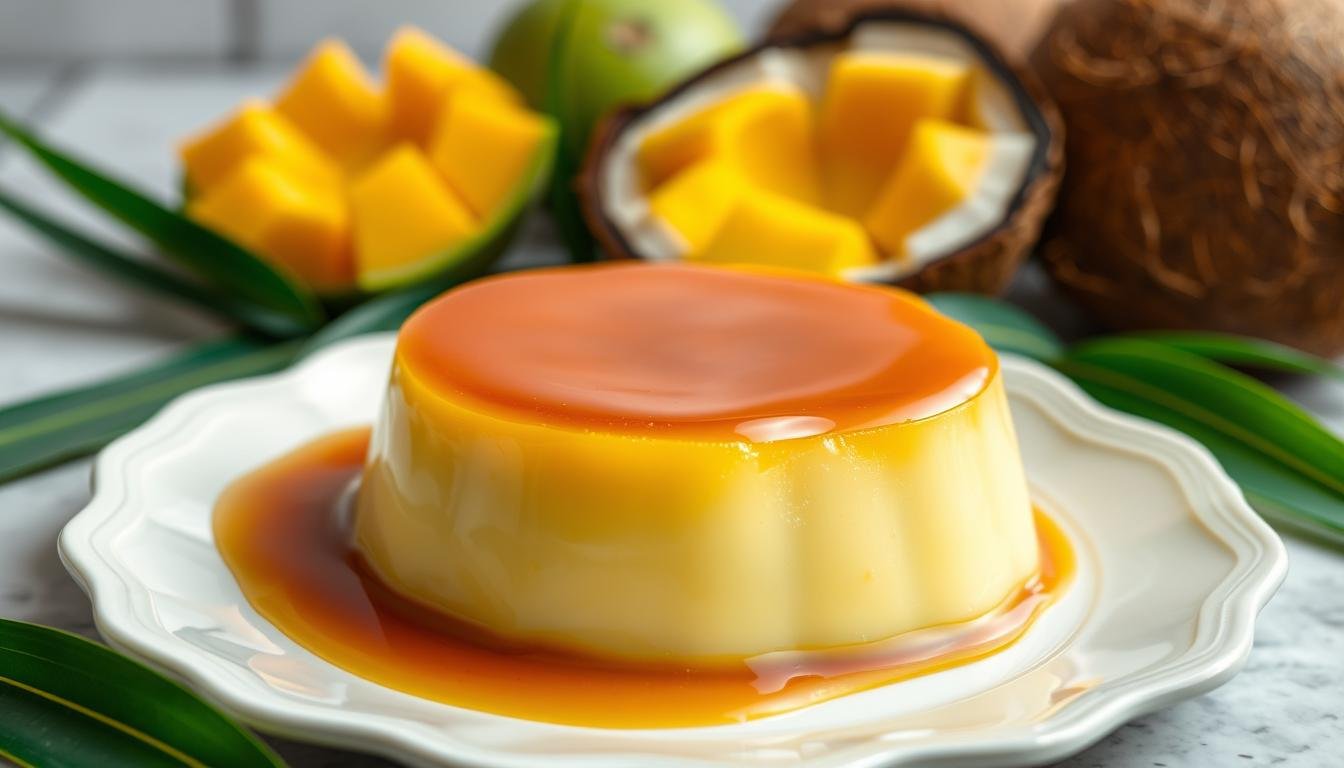There’s a universal language spoken through food, a dialect of comfort understood across cultures and continents. For many, a simple bowl of soup holds the power to soothe, to heal, and to transport us back to cherished moments. In the rich tapestry of Filipino cuisine, one dish stands out as a quintessential embodiment of this…
Questions Asked
Baybayin’s Whispers: Reclaiming the Pre-Colonial Filipino Script
Listen closely. Can you hear them? Faint, yet persistent, like rustling leaves in a forgotten forest – these are Baybayin’s whispers. They carry echoes of a time before colonization, a time when Filipinos documented their lives, literature, and traditions using a unique and elegant pre-colonial Filipino script. For centuries, this intricate system of writing lay…
Was Majority in Pre-Colonial Philippines Literate? Busting the Baybayin Myths!
The image of a thriving, universally literate society in the pre-colonial Philippines, wielding the elegant curves of the Baybayin script, captures the imagination. It speaks to a sophisticated indigenous culture, often contrasted sharply with the narratives imposed by colonization. But how accurate is this picture? Did the majority of people across the diverse islands that…
Language of Heroes: Did the Lunas Speak Ilocano?
The Philippines is a nation rich in cultural and linguistic diversity. Among its many languages, one stands out for its historical significance and widespread use. This language is deeply rooted in the heritage of its people, reflecting their identity and traditions. One of the most intriguing questions in Philippine history is whether the Lunas family,…
Beyond Maria and Jose: Rediscovering Pinoy Names Before Colonization
Names hold a special place in Filipino culture. They are more than just labels; they carry stories, identities, and connections to the past. Before Spanish colonization, traditional naming practices in the Philippines were deeply rooted in nature, spirituality, and community. These names reflected the values and beliefs of pre-colonial societies. The term Pinoy, often used…
Who Was Really Insular? Race and Power in Colonial Philippines
The term insular has deep roots in history, originating from the Latin word insula, meaning “island.” Over time, it evolved to describe not just physical isolation but also cultural and social separation. In the context of the Colonial Philippines, this word took on a powerful meaning, shaping perceptions of race and power. During the colonial…
Leche Flan’s Secrets: Decoding the Smoothness
What makes leche flan so irresistible? It’s the perfect creamy texture. This comes from choosing the right ingredients and cooking method. Leche flan is a favorite in Filipino cuisine, loved for its smoothness. Using duck egg yolks makes leche flan smoother than chicken egg yolks. This makes it a unique and tasty treat. With the…
Awit: The Soulful Sounds of Filipino Songs
What makes Filipino music so unique and captivating? It spans many genres, like P-pop, shoegaze, hip-hop, and indie ballads. These have become very popular in 2023, with 25 top Filipino songs picked by Billboard Philippines. Exploring Awit, we see the Manila sound’s big role in shaping the Philippine music scene. It started in the mid-1970s….
Filipino Generosity: Sharing Our Bounty with Others
What makes the Filipino spirit so generous? The Philippines is famous for its culture of kindness and sharing. Many initiatives show the nation’s big heart. For example, the Bounty Cares Foundation collected 159 hygiene kits, beating its goal of 120. Everyday, Filipinos show their generosity in many ways. They donate, volunteer, and do small acts…
Volcanoes: Understanding the Volcanic Geography of the Philippines
Volcanoes are key in shaping the Philippines’ geography and geology. This country is right in the Pacific Ring of Fire. It has many volcanoes, each different and affecting the area in its own way. With over 1,500 active volcanoes worldwide, and 75% of them near the Ring of Fire, the Philippines is very active volcanically….









